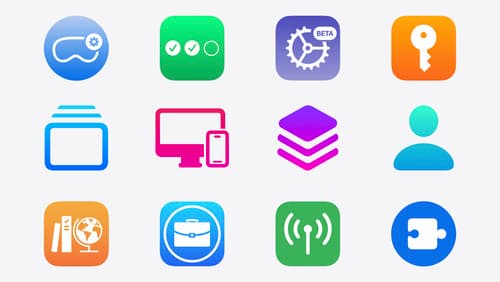how to communicate between a Mac and an iphone
Asked on 2024-08-05
1 search
To communicate between a Mac and an iPhone, Apple provides several methods and tools that can facilitate seamless interaction and data transfer between these devices. Here are some key ways to achieve this:
-
Continuity Features: Apple offers a suite of Continuity features that allow for seamless integration between Mac and iPhone. These include:
- Handoff: Start a task on one device and continue it on another.
- Universal Clipboard: Copy content on one device and paste it on another.
- Phone Calls and Messages: Make and receive phone calls and text messages on your Mac.
- Instant Hotspot: Use your iPhone as a personal hotspot for your Mac.
-
iCloud: iCloud allows for synchronization of data such as photos, documents, and app data across all Apple devices. This ensures that your data is always up-to-date on both your Mac and iPhone.
-
AirDrop: AirDrop enables quick and easy file sharing between Mac and iPhone over Wi-Fi and Bluetooth.
-
Bluetooth: For specific use cases, such as connecting accessories, Bluetooth can be used to establish a connection between Mac and iPhone. For example, in the session Meet AccessorySetupKit, it is mentioned how Bluetooth can be used to connect and manage accessories.
-
Cloud Saves for Games: If you are developing a game, you can use cloud saves to keep the game state synchronized across devices. This is discussed in the session Port advanced games to Apple platforms.
-
App-Specific Integrations: Some apps provide their own methods for syncing data between Mac and iPhone. For example, messaging apps might use their own servers to keep conversations in sync.
For more detailed information on specific features or tools, you can refer to the relevant WWDC sessions mentioned above.

18 things from WWDC24
Here’s your guide to the big announcements from this year’s Worldwide Developers Conference.

What’s new in device management
Learn about the latest management capabilities for iOS, iPadOS, macOS, and visionOS, then discover the latest changes to Apple Business Manager and Apple School Manager. We’ll also share updates to Activation Lock, SoftwareUpdate, and Safari management.

What’s new in privacy
At Apple, we believe privacy is a fundamental human right. Learn about new and improved permission flows and other features that manage data in a privacy-preserving way, so that you can focus on creating great app experiences.
